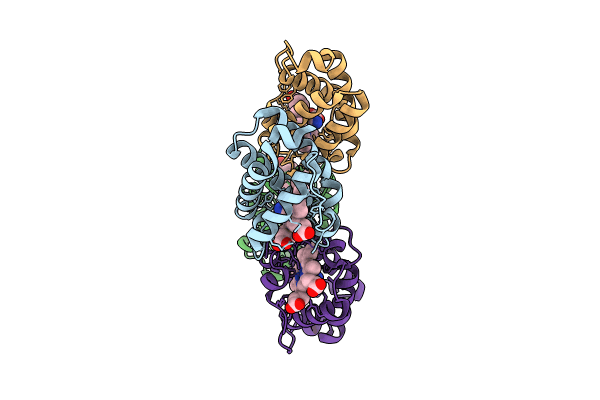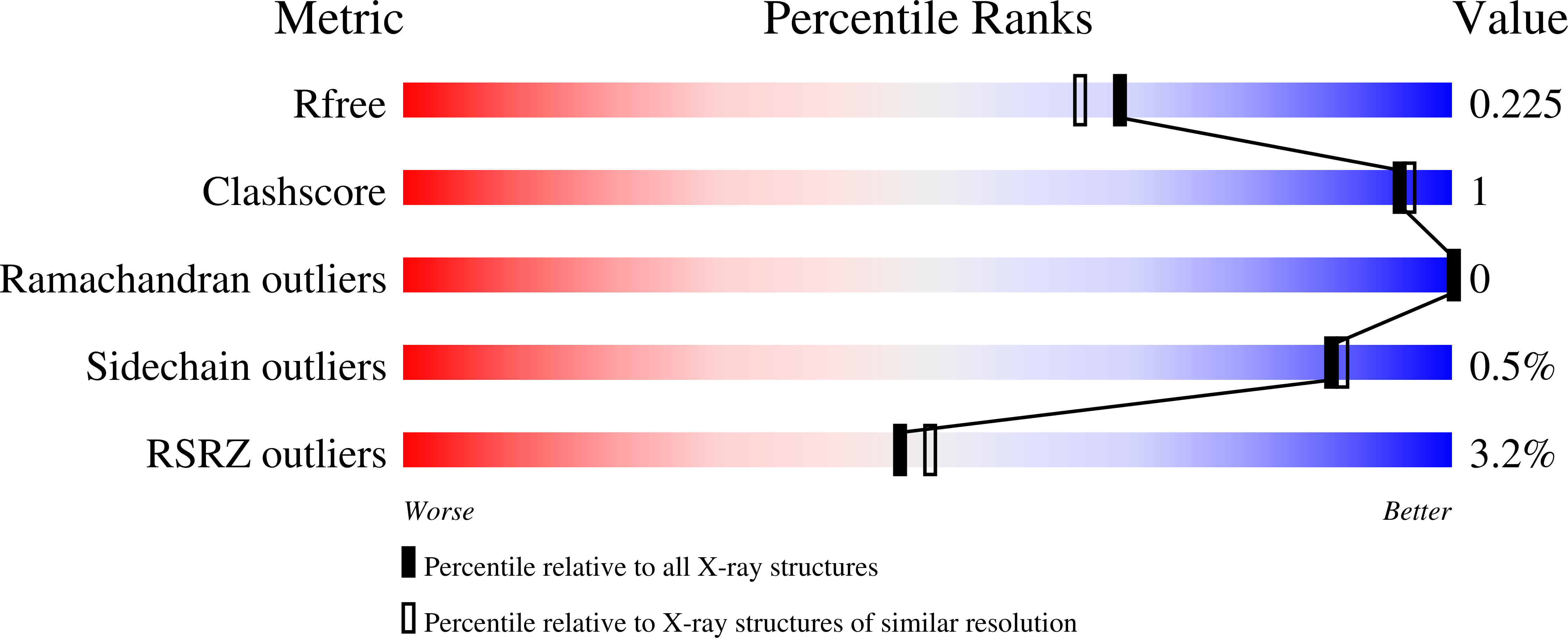
Deposition Date
2023-11-16
Release Date
2024-04-03
Last Version Date
2025-03-05
Entry Detail
PDB ID:
8UZU
Keywords:
Title:
Crystal structure of Shewanella benthica Group 1 truncated hemoglobin L80A C51S C71S variant
Biological Source:
Source Organism:
Shewanella benthica KT99 (Taxon ID: 314608)
Host Organism:
Method Details:
Experimental Method:
Resolution:
1.90 Å
R-Value Free:
0.22
R-Value Work:
0.19
R-Value Observed:
0.19
Space Group:
P 21 21 21


